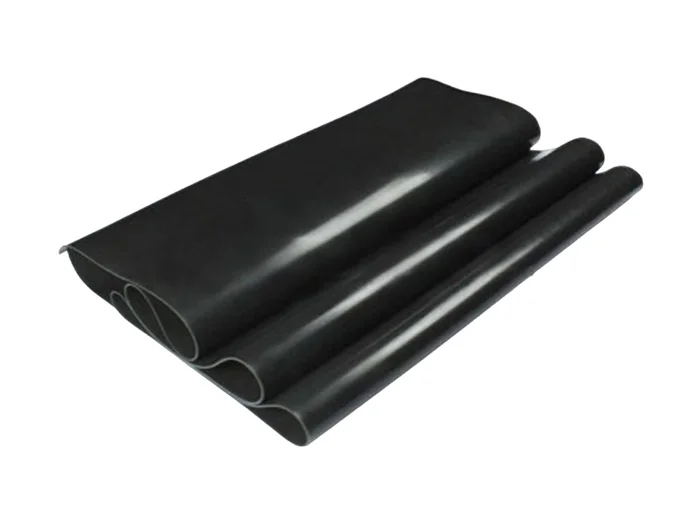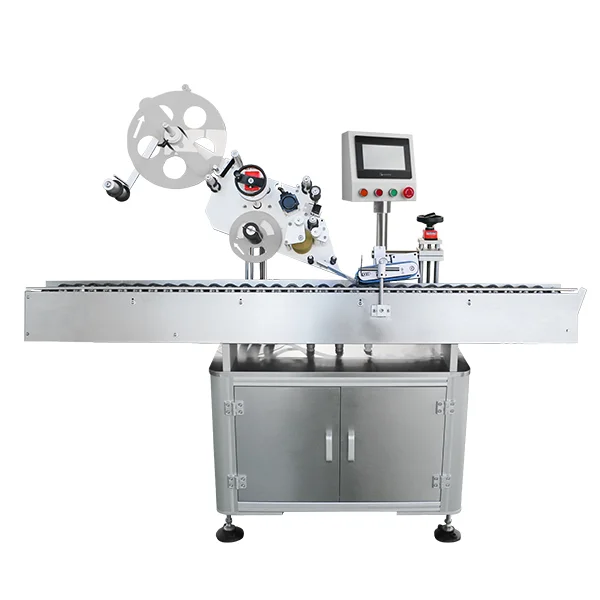In an increasingly digital world, the need for high-quality printed materials remains paramount for both personal and professional use. Whether you’re printing vibrant photographs, colorful presentations, or essential documents, understanding how to configure your printer to produce color outputs is crucial. If you find yourself asking, How do I get my printer to print in color instead of black and white? this guide will provide you with a detailed, step-by-step approach to ensure your printer delivers the vivid results you desire.
Understanding Printer Settings
Before diving into the technical aspects, it’s essential to familiarize yourself with the different settings available on your printer. Most printers come equipped with a variety of options that can affect print quality, including color modes, paper types, and print quality settings.
- Printer Driver Configuration: The printer driver acts as a translator between your computer and the printer. It’s vital to ensure that you have the latest version of the driver installed, as outdated drivers can lead to functionality issues. Visit the manufacturer’s website to download the most recent version.
- Accessing Printer Preferences: To change your printer settings, navigate to the 'Devices and Printers' section on your computer. Right-click on your printer’s icon and select 'Printer Preferences' or 'Properties.' This will open a window where you can adjust various settings.
Switching from Black and White to Color
Once you have accessed the printer preferences, follow these steps to switch from black and white to color printing:
- Select Color Mode: In the printer preferences window, look for a tab labeled 'Color' or 'Quality.' Here, you should find options such as 'Grayscale' or 'Black and White.' Ensure that 'Color' is selected.
- Check Print Quality Settings: Adjust the print quality settings to your desired level. Higher quality settings will use more ink but will yield better results, especially for images. If you’re printing documents, a standard quality setting may suffice.
- Paper Type Selection: The type of paper you are using can also affect color output. Ensure that you select the correct paper type in the preferences menu. For instance, glossy photo paper may require different settings than standard printer paper.
Troubleshooting Common Issues
If you’ve adjusted your settings but still find that your printer is producing black and white prints, consider the following troubleshooting tips:
- Check Ink Levels: Low ink levels can prevent your printer from producing color outputs. Check the ink cartridges to ensure they are adequately filled. If any cartridges are empty or low, replace them with new ones.
- Printer Maintenance: Regular maintenance can improve print quality. Run a print head cleaning cycle through your printer’s utility software to clear any clogs that may be affecting color output.
- Software Conflicts: Sometimes, the software you are using to print can override printer settings. Ensure that the application you are using (such as Microsoft Word or Adobe Acrobat) is set to print in color. Look for print settings within the application itself.
Advanced Techniques for Color Printing
For users who frequently print in color, consider these advanced techniques to enhance your printing experience:
- Color Calibration: Calibrating your printer can ensure that the colors you see on your screen match what is printed. Many printers come with calibration tools, or you can use third-party software for more precise adjustments.
- Using ICC Profiles: If you are printing professional-quality images, consider using ICC profiles. These profiles help manage color consistency across different devices, ensuring that your prints match your expectations.
- Experimenting with Color Modes: Some printers offer various color modes, such as 'Vivid' or 'Natural.' Experimenting with these modes can help you find the best setting for your specific printing needs.
Conclusion
Printing in color instead of black and white is a straightforward process once you understand the settings and configurations of your printer. By following the steps outlined in this guide, you can ensure that your printer delivers the vibrant, high-quality prints you need for any occasion. Remember to keep your printer well-maintained and updated to avoid common pitfalls. With the right approach, you can unlock the full potential of your printer and bring your documents and images to life in stunning color.



